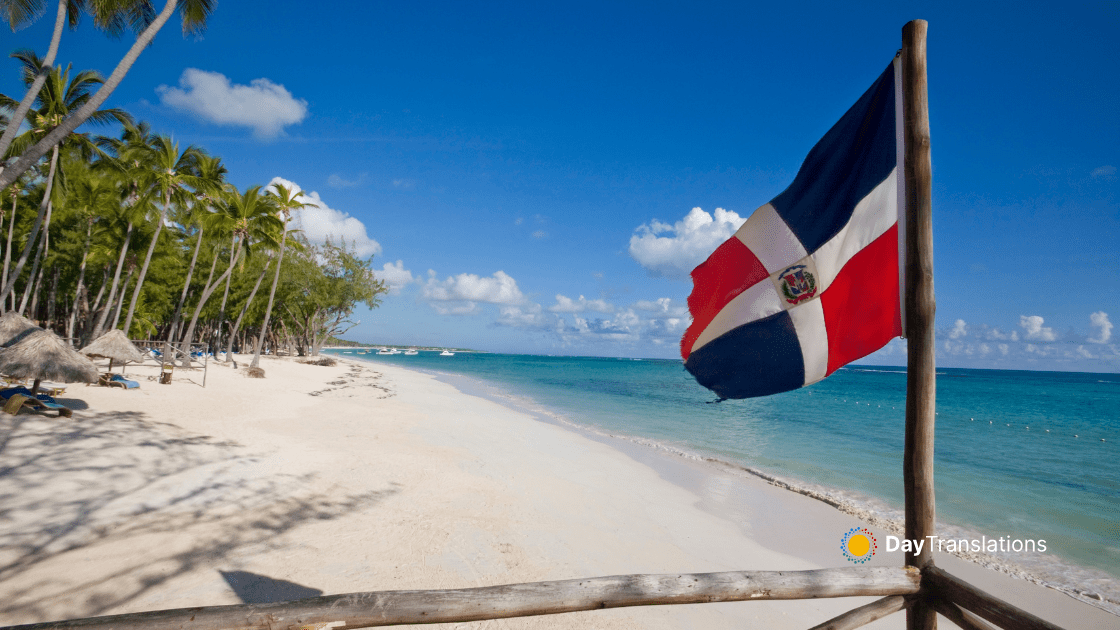Situated at the northeastern corner of Africa, the Arab Republic of Egypt is bounded on the North by the Mediterranean Sea, on the Eeast by Israel and the Red Sea, on the South by Sudan, and on the West by Libya. Egypt’s strategic location between Asia and Africa and on the route between the Mediterranean basin, India, Egypt helped to facilitate transportation between Africa, Asia, and Europe and made it an important hub of international trade.
:: Background of Egypt ::
The regularity and richness of the annual Nile River flood, coupled with semi-isolation provided by deserts to the east and west, allowed for the development of one of the world’s great civilizations. A unified kingdom arose circa 3200 B.C., and a series of dynasties ruled in Egypt for the next three millennia. The last native dynasty fell to the Persians in 341 B.C., who in turn were replaced by the Greeks, Romans, and Byzantines. It was the Arabs who introduced Islam and the Arabic language in the 7th century and who ruled for the next six centuries. A local military caste, the Mamluks took control about 1250 and continued to govern after the conquest of Egypt by the Ottoman Turks in 1517. Following the completion of the Suez Canal in 1869, Egypt became an important world transportation hub, but also fell heavily into debt. Ostensibly to protect its investments, Britain seized control of Egypt’s government in 1882, but nominal allegiance to the Ottoman Empire continued until 1914. Partially independent from the UK in 1922, Egypt acquired full sovereignty with the overthrow of the British-backed monarchy in 1952. The completion of the Aswan High Dam in 1971 and the resultant Lake Nasser have altered the time-honored place of the Nile River in the agriculture and ecology of Egypt. A rapidly growing population (the largest in the Arab world), limited arable land, and dependence on the Nile all continue to overtax resources and stress society. The government has struggled to meet the demands of Egypt’s growing population through economic reform and massive investment in communications and physical infrastructure.
In this Country Profile
:: Geography of Egypt ::
Location: Northern Africa, bordering the Mediterranean Sea, between Libya and the Gaza Strip, and the Red Sea north of Sudan, and includes the Asian Sinai Peninsula.
Geographic coordinates: 27 00 N, 30 00 E
Area:
total: 1,001,450 sq km
land: 995,450 sq km
water: 6,000 sq km
Area – comparative: slightly more than three times the size of New Mexico
Land boundaries: total: 2,665 km
border countries: Gaza Strip 11 km, Israel 266 km, Libya 1,115 km, Sudan 1,273 km
Maritime claims:
territorial sea: 12 nm
contiguous zone: 24 nm
exclusive economic zone: 200 nm
continental shelf: 200 m depth or to the depth of exploitation
Climate: desert; hot, dry summers with moderate winter
Terrain: vast desert plateau interrupted by Nile valley and delta
Elevation extremes:
lowest point: Qattara Depression -133 m
highest point: Mount Catherine 2,629 m
Natural resources: petroleum, natural gas, iron ore, phosphates, manganese, limestone, gypsum, talc, asbestos, lead, zinc.
Land use:
arable land: 2.92%
permanent crops: 0.5%
other: 96.58% (2005)
Natural hazards: periodic droughts; frequent earthquakes, flash floods, landslides; hot, driving windstorm called khamsin occurs in spring; dust storms, sandstorms
Environment – current issues: agricultural land being lost to urbanization and windblown sands; increasing soil salination below Aswan High Dam; desertification; oil pollution threatening coral reefs, beaches, and marine habitats; other water pollution from agricultural pesticides, raw sewage, and industrial effluents; limited natural fresh water resources away from the Nile, which is the only perennial water source; rapid growth in population overstraining the Nile and natural resources.
Environment – international agreements: party to: Biodiversity, Climate Change, Climate Change-Kyoto Protocol, Desertification, Endangered Species, Environmental Modification, Hazardous Wastes, Law of the Sea, Marine Dumping, Ozone Layer Protection, Ship Pollution, Tropical Timber 83, Tropical Timber 94, Wetlands. Signed, but not ratified: none of the selected agreements.
:: People of Egypt ::
Population: 81,713,520 (July 2008 est
Age structure:
0-14 years: 31.8% (male 13,292,961/female 12,690,711)
15-64 years: 63.5% (male 26,257,440/female 25,627,390)
65 years and over: 4.7% (male 1,636,560/female 2,208,455) (2008 est.)
Median age:
total: 24.5 years
male: 24.1 years
female: 24.9 years (2008 est.)
Population growth rate: 1.682% (2008 est.)
Birth rate: 22.12 births/1,000 population (2008 est.)
Death rate: 5.09 deaths/1,000 population (2008 est.)
Net migration rate: -0.21 migrant(s)/1,000 population (2008 est.)
Sex ratio:
at birth: 1.05 male(s)/female
under 15 years: 1.05 male(s)/female
15-64 years: 1.02 male(s)/female
65 years and over: 0.74 male(s)/female
total population: 1.02 male(s)/female (2008 est.)
Infant mortality rate:
total: 28.36 deaths/1,000 live births
male: 30.06 deaths/1,000 live births
female: 26.57 deaths/1,000 live births (2008 est.)
Life expectancy at birth:
total population: 71.85 years
male: 69.3 years
female: 74.52 years (2008 est.)
Total fertility rate: 2.72 children born/woman (2008 est.)
HIV/AIDS – adult prélence rate: less than 0.1% (2001 est.)
HIV/AIDS – people living with HIV/AIDS: 12,000 (2001 est.)
HIV/AIDS – deaths: 700 (2003 est.)
Nationality: noun: Egyptian(s) adjective: Egyptian
Ethnic groups: Egyptian 99.6%, other 0.4% (2006 census)
Religions: Muslim (mostly Sunni) 90%, Coptic 9%, other Christian 1%
Languages: Arabic (official), English, French widely understood by educated classes
Literacy:
definition: age 15 and over can read and write
total population: 71.4%
male: 83%
female: 59.4% (2005 est.)

Sorry, the comment form is closed at this time.